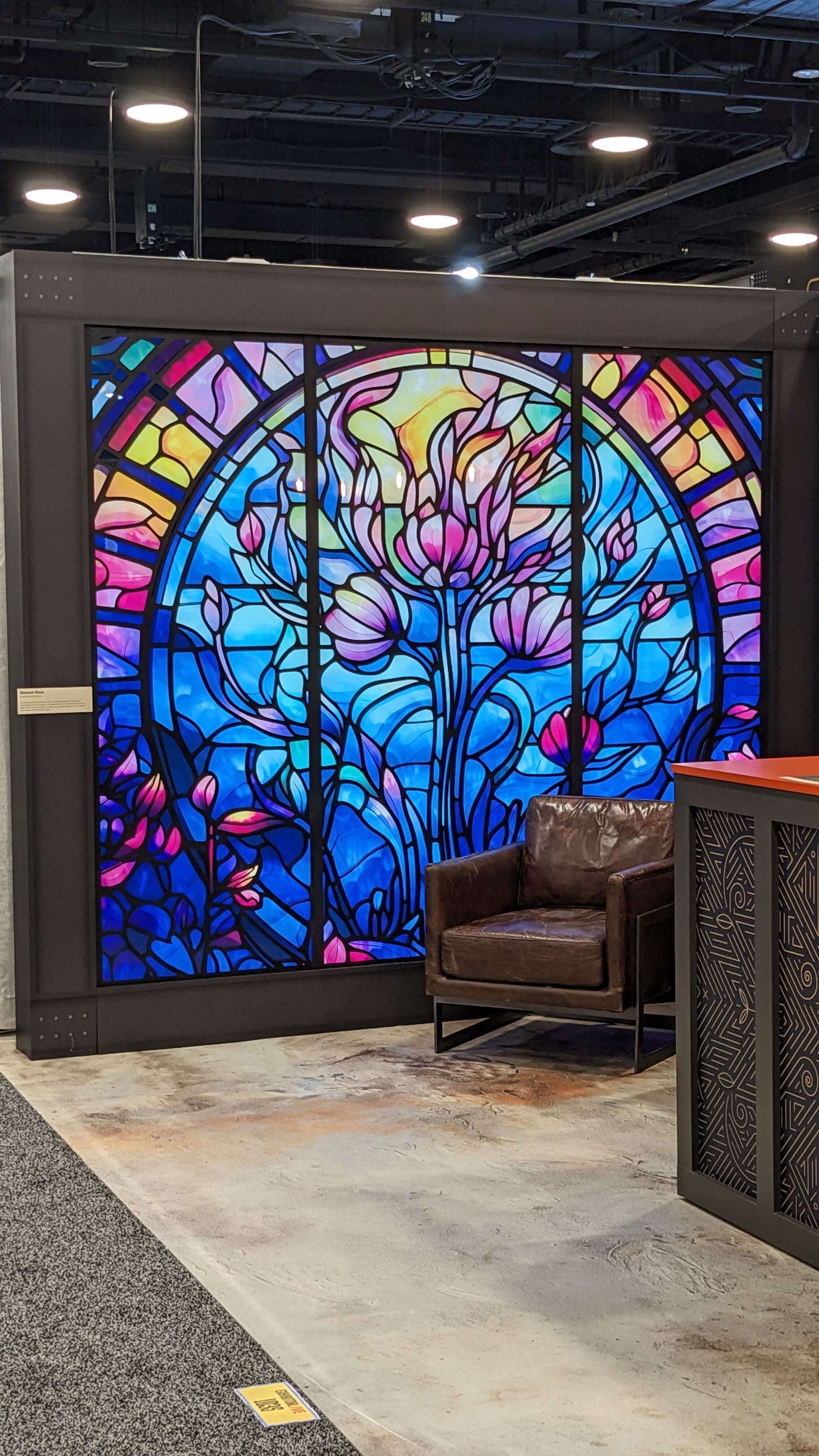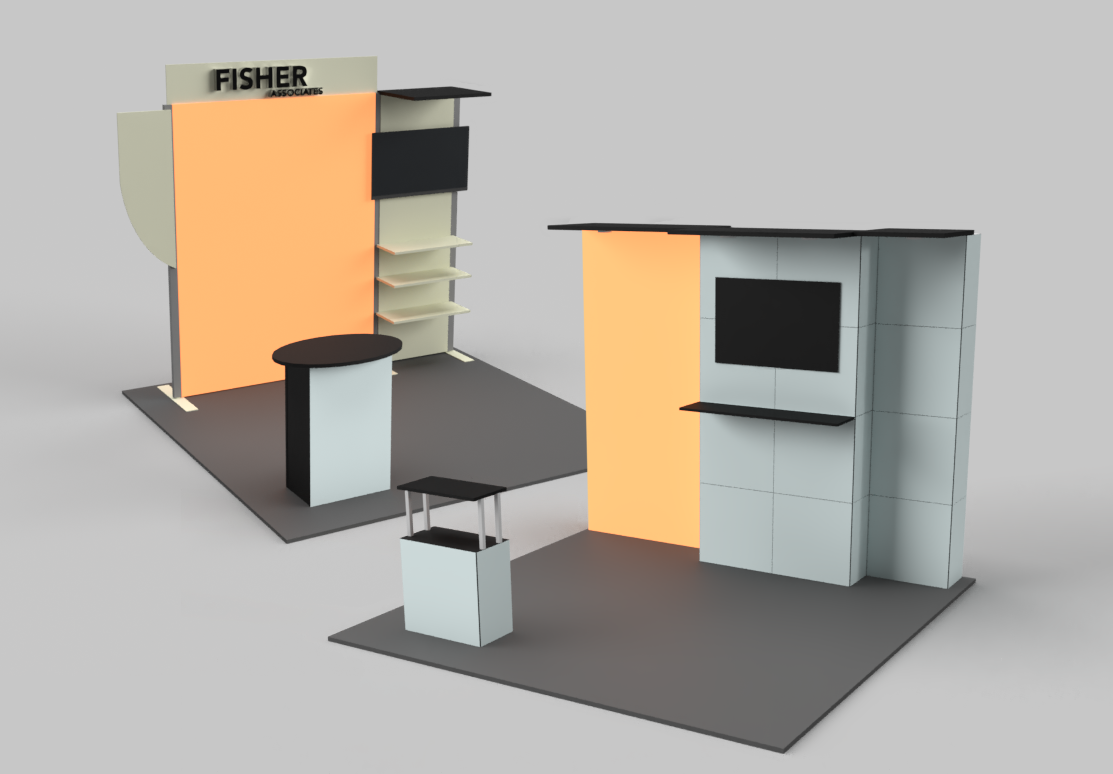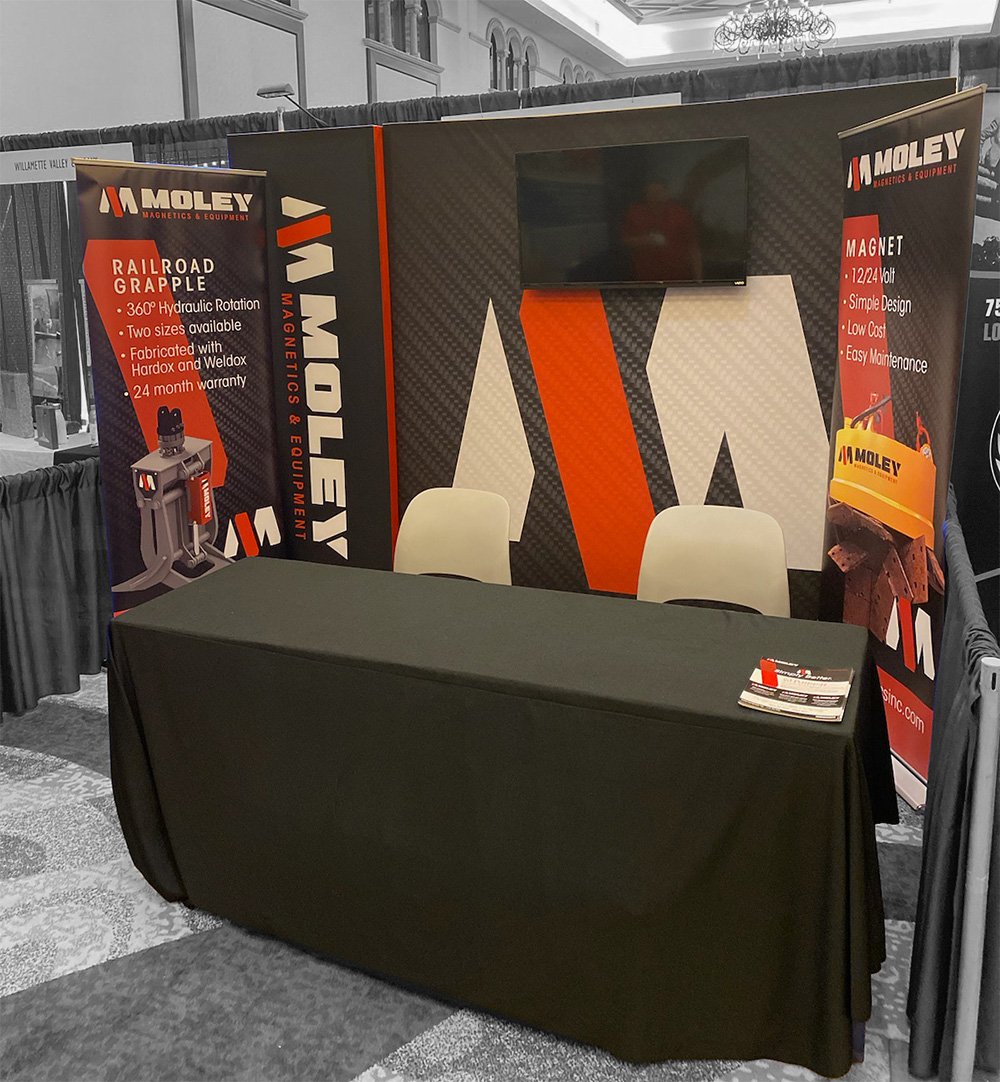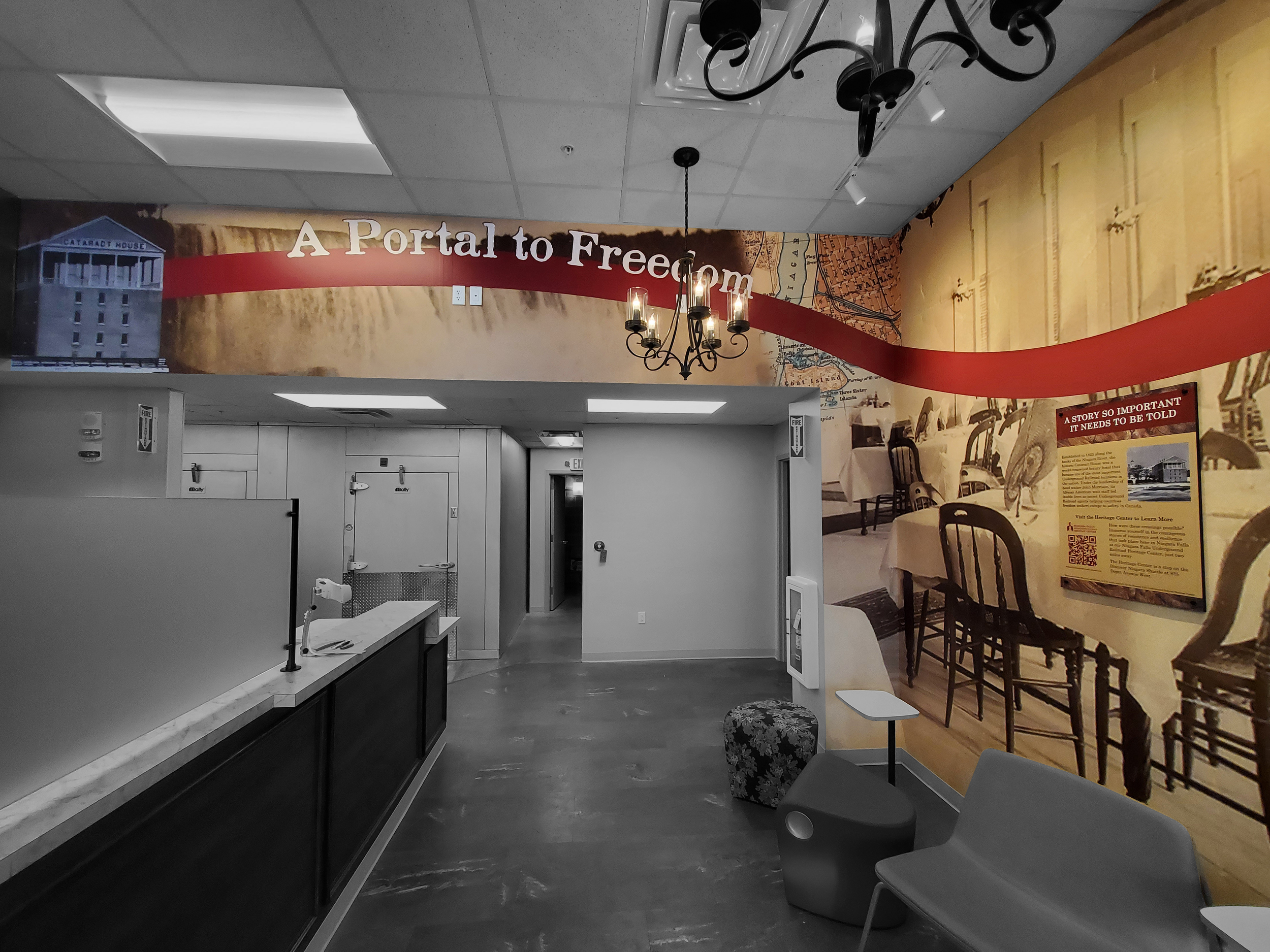8 Questions to Ask After Your Trade Show
After the dust has settled and you’re back home after another busy trade show, performing a post-trade show analysis will help you determine your successes and areas for improvement. Within the first day or two after a show, gather your team for an in-depth analysis.
Here are 8 questions you can use to springboard an insightful discussion.
1. What Were Your Strengths & Weaknesses on The Trade Show Floor?
Identifying areas where you and your staff excelled on the show floor can help you assess the strong points in your trade show marketing strategy. After the show, sit down and outline areas where you and your team shined.
Points to Consider:
Ask your booth staff members where they felt the team succeeded and when they felt confident while exhibiting
Discuss how well-prepared and supplied your staff were on the show floor
Highlight where competitors and other exhibitors may have fallen short and where your company succeeded
Just as you identified the good, you will need to assess the areas where your team fell short. By evaluating your weak points on the show floor right after the event, you are giving yourself a head start when it comes to planning for your next event.
Points to Consider:
What potential opportunities did you miss?
Did your prospects have questions you were not prepared to answer?
Did you effectively communicate your brand and identity to attendees? If not, how can you improve your messaging and communication to visitors?
2. How Did You Measure Up To Your Competitors?
Trade shows are among the few times you’re surrounded by your competitors. It gives you the opportunity to analyze and assess their products, messaging and services. During show, take notes on your competition and study them to better gauge your position in the market. This can be tough to do during a busy show; designate one person each day to keep track of competitors so the work doesn’t all fall on you.
Points to Consider:
Did your competitors outshine your company on the show floor? Was their booth larger, better designed, more expensive or filled with more attendees than yours?
How deep and robust were your competitor’s product offerings?
What products and services were your competitors promoting?
What product features and benefits are they emphasizing in their marketing messaging?
Highlight the key differences between your competitors, especially if these differences create opportunities for your company to take advantage of in the future.
3. How Effective Was Your Marketing Message With Prospects?
Your trade show campaign’s success can be directly measured by how effective your marketing message was on the trade show floor. An effective trade show marketing message should connect with the requirements, considerations and pain points of attendees to make certain that your products or services are attractive and distinctive from your competitor’s offerings.
Points to Consider:
Insights: Did your marketing message effectually communicate the problems or needs of prospects and did your message address these issues with solutions?
Benefit: Did your messaging articulate the appealing and distinctive benefits of your product? Did you give prospects a reason to choose you over your competition?
Trust: Did your marketing message give prospects a reason to believe the promised benefit(s) can be delivered by your company?
4. How Successful Were Your Meetings with Customers or Prospects?
Meeting with clients and prospects face-to-face is one of the cornerstone goals of trade show marketing. When you review your trade show performance, make sure to keep an eye on how many quality meetings your team had with prospects.
Points to Consider:
Were you prepared to answer prospect questions and concerns?
Did you have sufficient private meeting spaces to engage your prospects?
Did prospects seem genuinely interested in your sales pitch? How can you improve your pitch?
5. Determine the Quality of Your Leads and Lead Gathering Strategy
There are many strategies you can use to collect leads at a trade show. After the show, evaluate how effective your lead generation strategy was and how many quality leads you gathered as a result of your efforts.
Points to Consider:
What strategies helped you gather the most leads, like giveaways, games, product demonstrations, or interactive technology and displays?
How many of the leads gathered where of good quality and how many were less than desirable?
Did your team beat its lead goal? If not, what are steps you can take to improve upon lead generation for future events?
6. How Can You Improve Your Trade Show Exhibit for Future Shows?
The design of your trade show booth can have a considerable impact on how many attendees you attract to your space. To make sure your trade show booth design is optimized for success on the trade show floor, ask yourself the following questions.
Points to Consider:
Was your trade show exhibit traffic-friendly? Cluttered booths are often passed by prospects looking to make the most of their time on the show floor, so consider redesigning your exhibit if it lacked open spaces.
Did your signage make a good first impression on your audience? If not, how can you make your signage more engaging and reflective of your marketing message?
Which exhibit design features worked well and which ones did not? Are there any features you wish you had, like kiosks, counters or hanging structures?
7. What is Your Post Trade Show Follow-Up Plan?
One of the most important post-show steps is to properly execute the post-event follow-up plan. After the show, make sure that both your booth staff and your sales force know exactly what is expected of them once the show concludes. Before you head into your event, make a detailed follow-up strategy to guide future correspondence to your prospects and leads.
Points to Consider:
Make sure leads are routed directly to sales staff so that they can follow-up promptly
Trade show leads may sometimes be ignored by the sale team back at the office. Train your in-house team to follow a set follow-up strategy.
Diversify your follow-up correspondence from show to show to avoid being repetitive and getting your messages ignored by prospects.
8. Was it Worth the Cost?
This question probably can’t be answered right away, since it can take weeks, months, or years to nurture a lead. But it’s a good question to end your analysis on. To help realize if the show was worth the investment, ask yourself the following questions.
Points to Consider:
How much did it cost to exhibit?
How many qualified potential customers attended the event?
How well did your brand, product or service stand out on the show floor?
How important is the trade show within your industry?
By asking these key questions, you will be better able to pinpoint what went right, opportunities for improvement and ways you can bring even more value to your trade show program.














